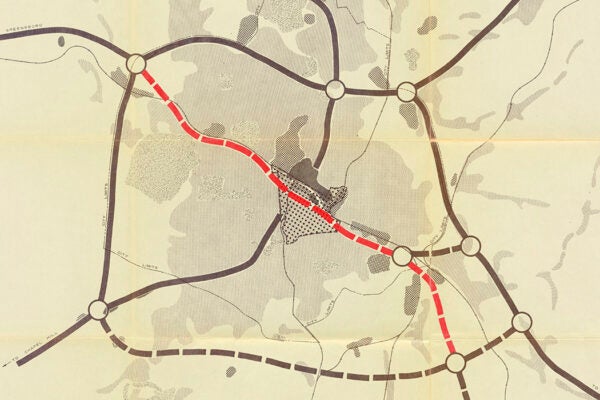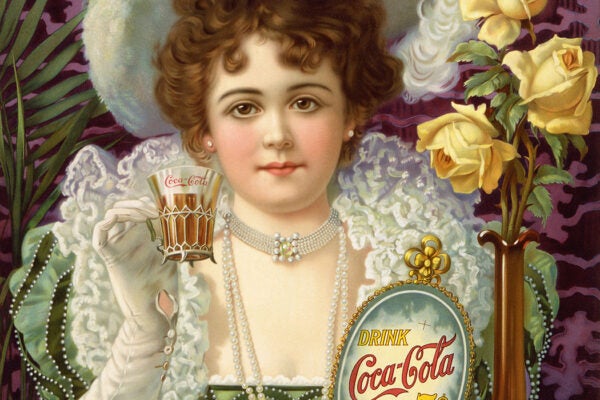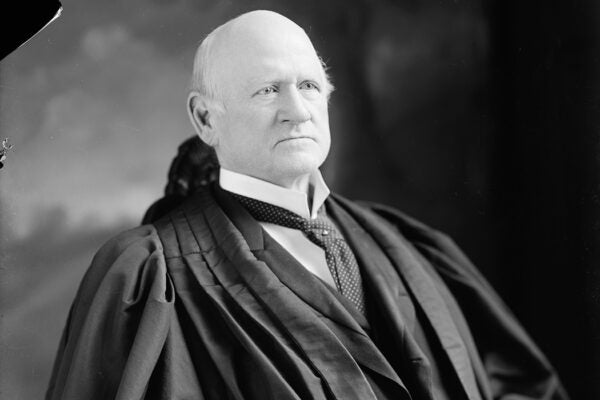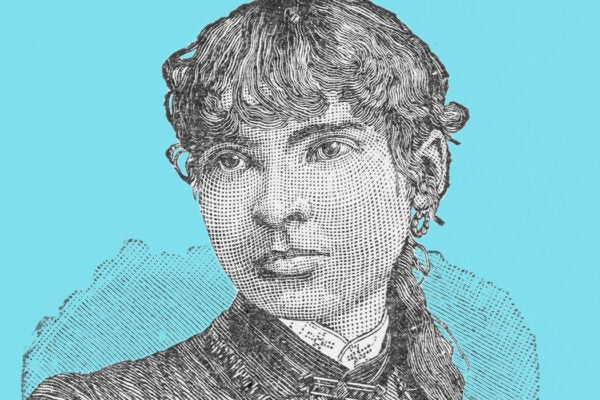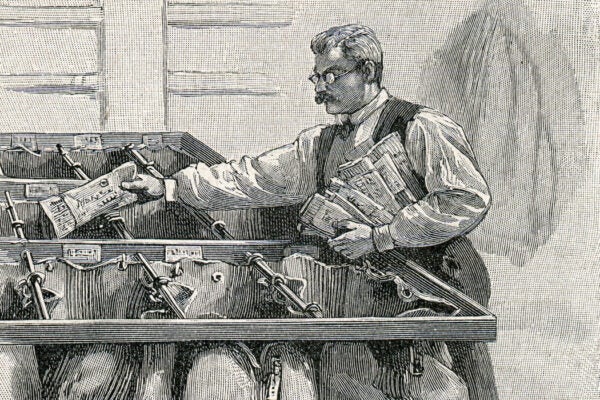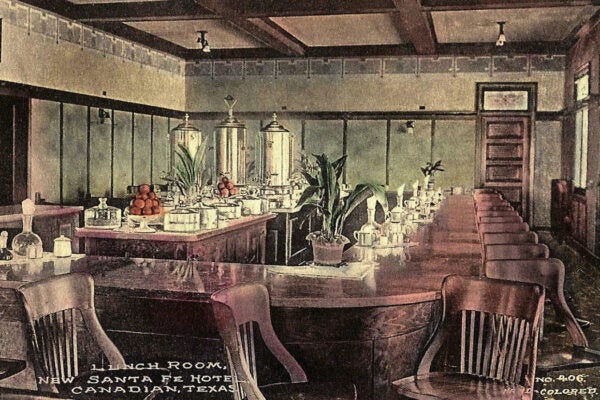The Uneven Costs of Cross-Country Connectivity
Promoted as a social and economic savior, the US federal interstate highway system acted as a tool to promote racial injustices.
Who Took the Cocaine Out of Coca-Cola?
The medical profession saw nothing wrong with offering a cocaine-laced cola to white, middle-class consumers. Selling it to Black Americans was another matter.
The Great Dissenter’s Complications
Supreme Court Justice John Marshall Harlan I argued the US Constitution was color-blind. He also believed it stood in defense of white supremacy.
The Federalist No. 1: Annotated
Alexander Hamilton’s anonymous essay challenged the voting citizens of New York to hold fast to the truth when deciding to ratify (or not) the US Constitution.
Ronald Reagan’s Library Legacy
Archival material shows the hefty and careful investment the president and his team put into crafting his image for perpetuity.
Finding Lucretia Howe Newman Coleman
Once a powerful voice in the Black press, Coleman all but disappeared from the literary landscape of the American Midwest after her death in 1948.
Capturing the Civil War
The images, diaries, and ephemera in Grand Valley State University’s Civil War and Slavery Collection reveal the cold realities of Abraham Lincoln’s world.
The Post Office and Privacy
We can thank the postal service for establishing the foundations of the American tradition of communications confidentiality
Harvey Houses: Serving the West
In 1875, Fred Harvey had an idea for improving dining on passenger rail lines. He changed the face of food service in the West forever.
Fredric Wertham, Cartoon Villain
Wertham convinced 1950s America that comic books led to depravity. He also used his extremist views to raise money for an anti-racist clinic in Harlem.
